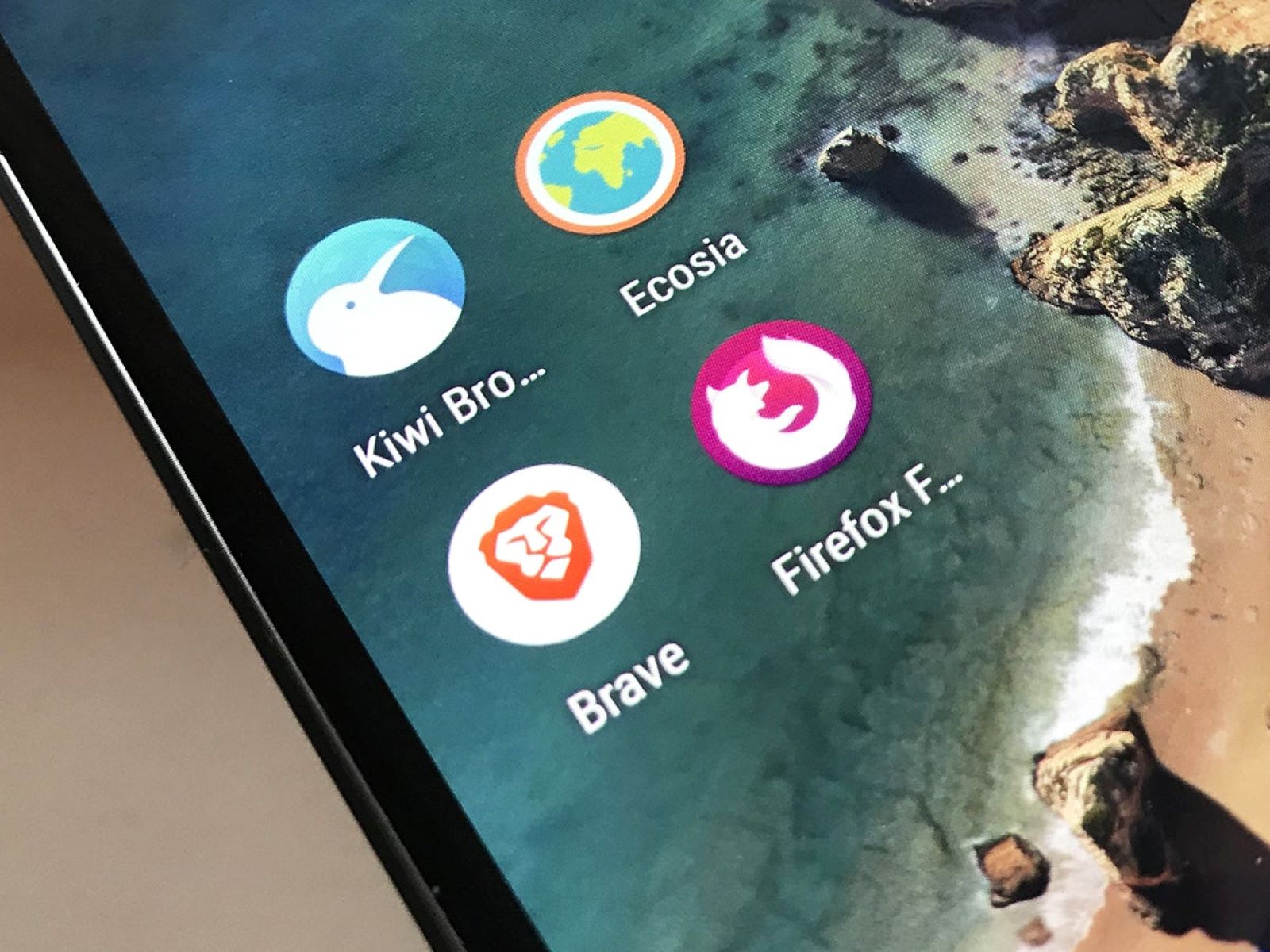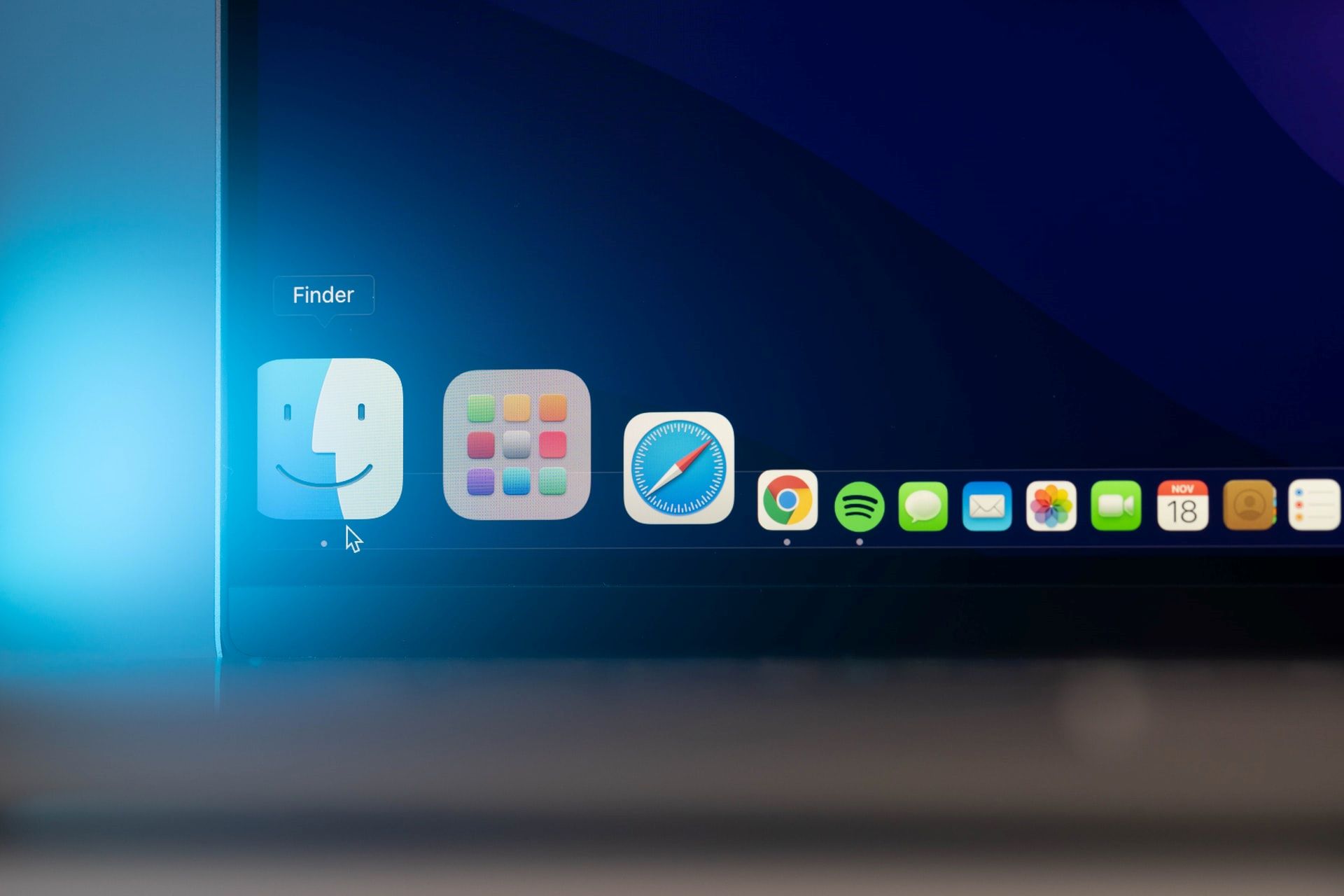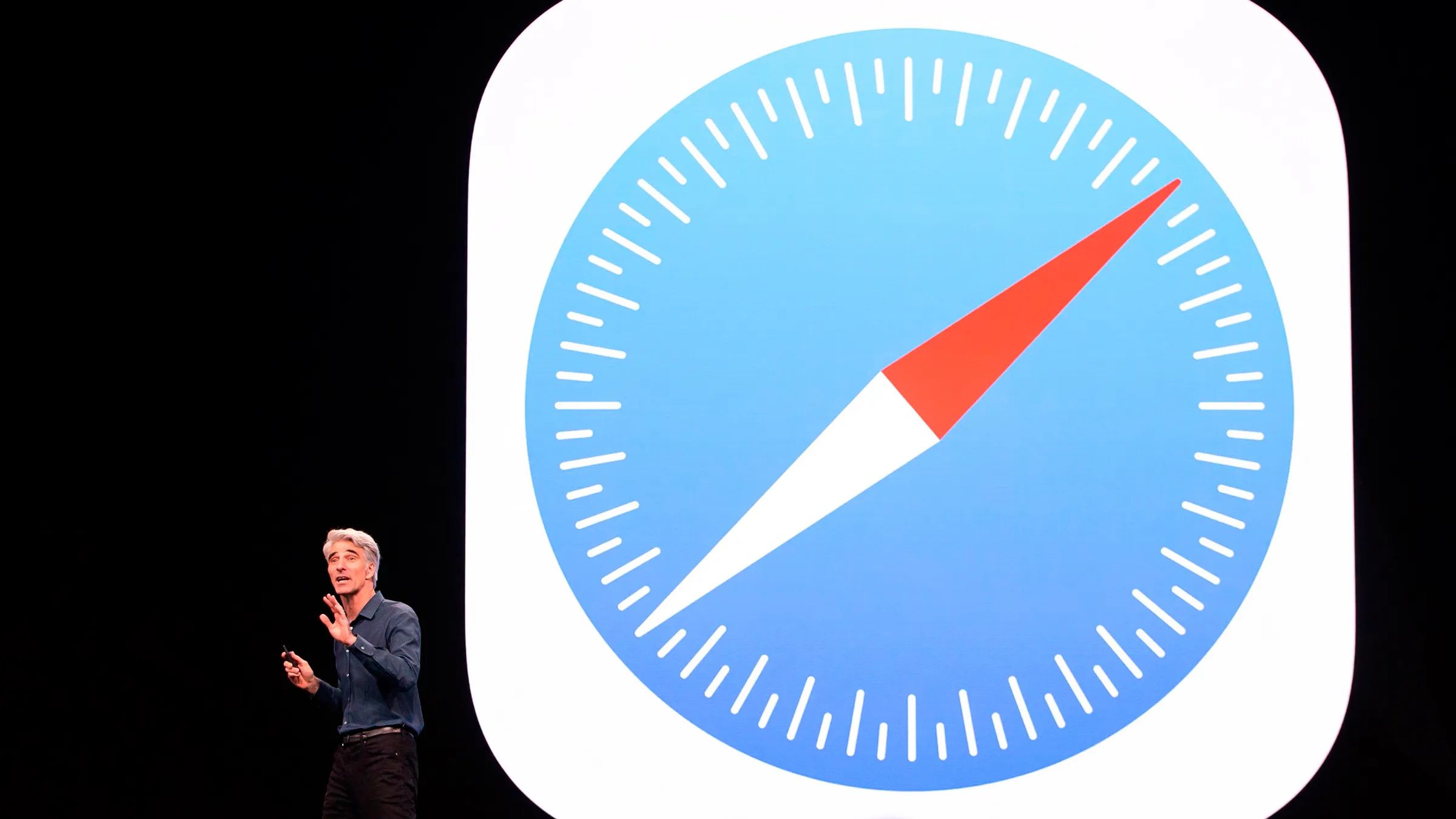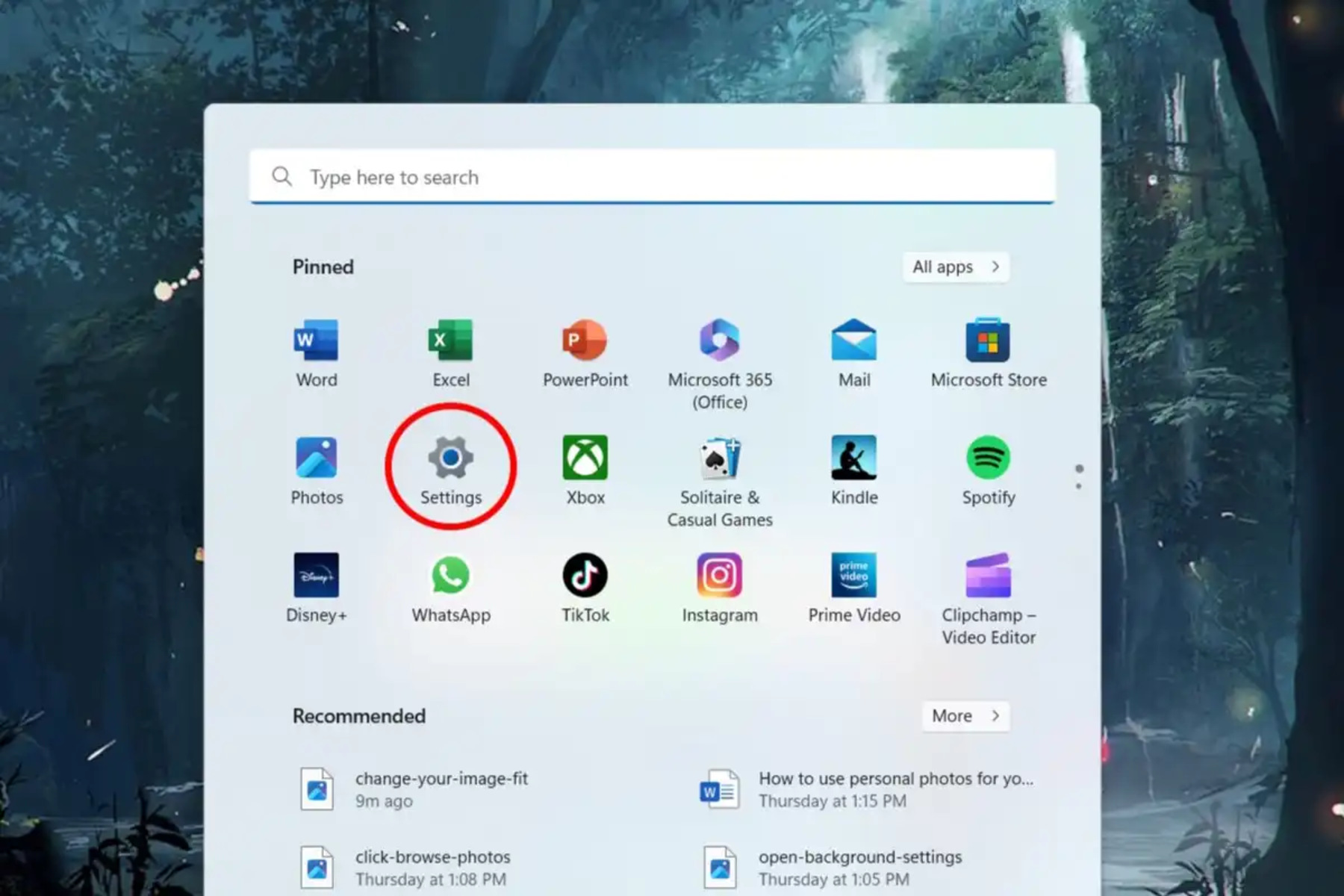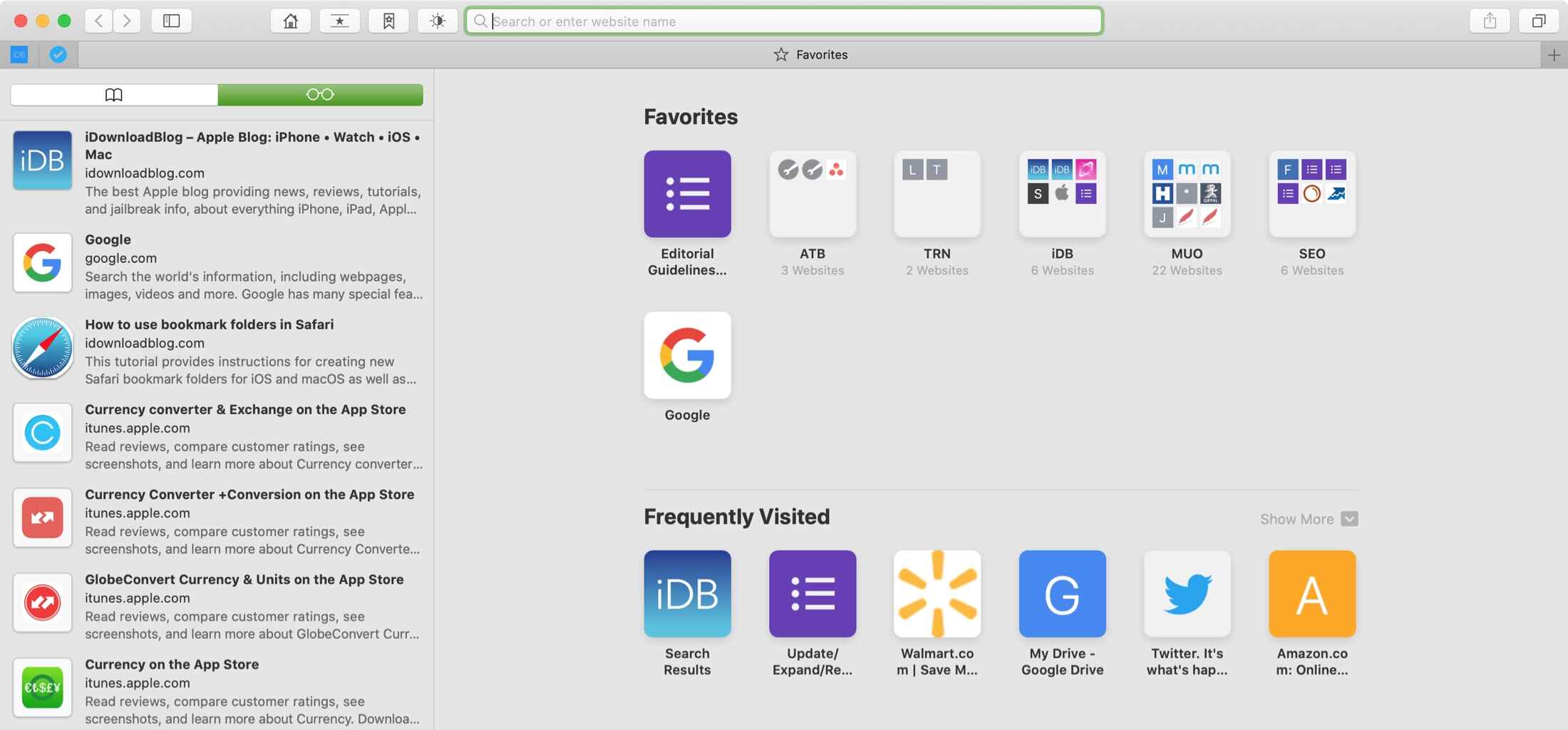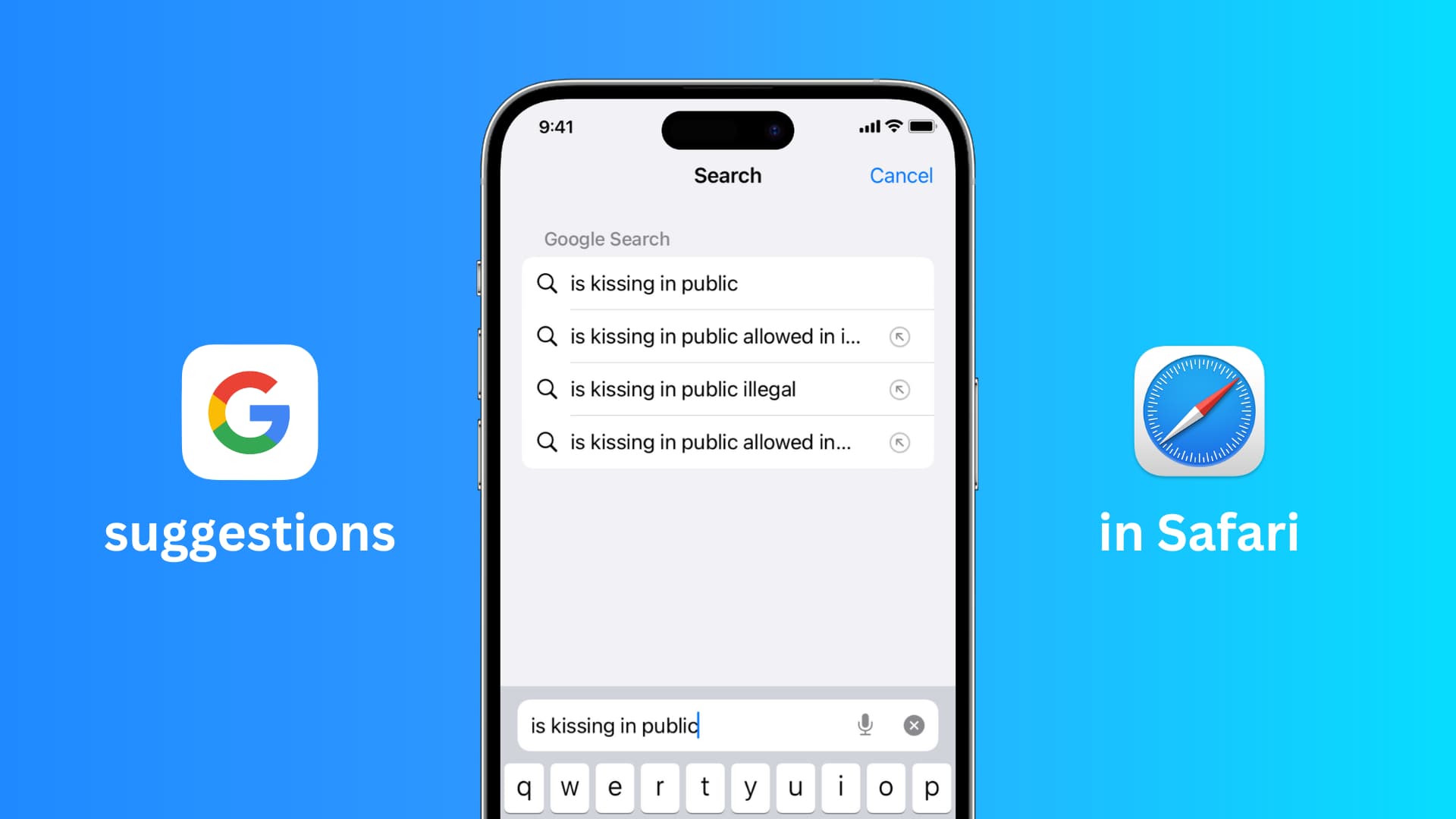Introduction
Setting Google as your homepage on Safari can streamline your browsing experience, ensuring that the world's most popular search engine is readily accessible every time you launch your browser. Whether you're a frequent user of Google's search capabilities, its suite of productivity tools, or simply appreciate its clean interface, making it your homepage can save you time and effort.
By following a few simple steps, you can customize your Safari browser to open directly to Google's familiar search bar and iconic logo. This not only provides convenience but also serves as a gateway to a wealth of information, services, and entertainment available through Google's vast network.
In the following guide, we'll walk you through the process of making Google your homepage on Safari, allowing you to harness the power of Google's search engine and other features right from the moment you start browsing. Whether you're using a Mac, iPhone, or iPad, these steps will help you personalize your browsing experience and make Google the focal point of your online activities. Let's dive into the straightforward process of setting Google as your homepage on Safari and unlock the full potential of your browsing sessions.
Step 1: Open Safari
To begin the process of setting Google as your homepage on Safari, you'll first need to open the Safari browser on your Mac, iPhone, or iPad. Safari is the default web browser for Apple devices, offering a seamless and intuitive browsing experience. Whether you're using a desktop or mobile device, launching Safari is the initial step towards customizing your browsing environment to suit your preferences.
On a Mac, you can easily access Safari by clicking on the Safari icon located in the dock at the bottom of the screen or by searching for "Safari" using Spotlight, the convenient search feature accessible by pressing Command + Space. Alternatively, you can navigate to the Applications folder on your Mac and locate Safari in the list of installed applications. Once you've located the Safari icon, simply double-click it to launch the browser.
If you're using an iPhone or iPad, Safari is readily available on the home screen of your device. Look for the familiar compass icon with blue and white hues, and tap on it to open the Safari browser. This action will transport you to the digital realm, where you can explore the vast expanse of the internet and access a myriad of websites, services, and information.
Upon opening Safari, you'll be greeted by a clean and user-friendly interface, designed to provide a smooth and efficient browsing experience. The address bar, also known as the Smart Search field, is prominently displayed at the top of the browser window, ready to accept your input and guide you to your desired destinations. With Safari now open, you're ready to embark on the next step of the process, which involves navigating to Google's website to initiate the customization of your homepage.
Opening Safari is the gateway to a world of possibilities, and by taking this first step, you're setting the stage for a personalized and streamlined browsing experience. With the browser now at your fingertips, let's move on to the next step and continue the journey towards making Google your homepage on Safari.
Step 2: Go to Google's Website
Once Safari is open, the next step in setting Google as your homepage is to navigate to Google's website. This straightforward process involves entering the web address for Google's homepage into the address bar of the Safari browser. By doing so, you'll gain direct access to Google's search engine, as well as its array of services and features, making it a convenient and practical choice for your homepage.
To visit Google's website, simply click on the address bar at the top of the Safari browser window. This action will activate the Smart Search field, allowing you to enter the web address or search terms. Alternatively, if the address bar is not visible, you can press Command + L on a Mac or tap on the address bar on an iPhone or iPad to activate it.
Once the address bar is active, type "www.google.com" into the field and press Enter or tap "Go" on the keyboard. This action will direct Safari to load Google's homepage, presenting you with the familiar search bar, Google's iconic logo, and easy access to the various services offered by Google, such as Gmail, Google Maps, Google Drive, and more.
Upon reaching Google's homepage, take a moment to explore the clean and minimalist interface that has become synonymous with the Google brand. The uncluttered design and intuitive layout make it easy to focus on the task at hand, whether it's conducting a search, accessing your email, or utilizing other Google services.
By visiting Google's website, you're not only taking a crucial step towards setting it as your homepage but also immersing yourself in the world of Google's offerings. From conducting web searches to accessing productivity tools and entertainment options, Google's homepage serves as a gateway to a vast digital ecosystem, ready to cater to your diverse online needs.
With Google's website now loaded in Safari, you've successfully completed the second step in the process of making it your homepage. The next steps will involve accessing Safari preferences and configuring the homepage settings to ensure that Google is readily available every time you launch the browser. Let's proceed to the next step and continue the journey towards customizing your browsing experience with Google as your homepage.
Step 3: Access Safari Preferences
Accessing Safari preferences is a pivotal step in the process of setting Google as your homepage. By delving into the preferences menu, you gain the ability to customize various aspects of the browser, including the homepage setting. This allows you to tailor your browsing experience to align with your preferences and streamline access to your desired online destinations.
To access Safari preferences on a Mac, start by ensuring that the Safari browser is open and active. Next, navigate to the top-left corner of the screen and click on "Safari" in the menu bar. A dropdown menu will appear, presenting a range of options, including "Preferences." Click on "Preferences" to proceed to the next stage of the customization process.
On an iPhone or iPad, accessing Safari preferences follows a slightly different path. Begin by launching the Safari browser on your device. Next, tap the "Settings" app on the home screen to access the device settings. Scroll down and locate "Safari" in the list of installed apps. Tapping on "Safari" will reveal a plethora of settings and options, allowing you to fine-tune your browsing experience.
Upon accessing Safari preferences, you'll be presented with a comprehensive array of customization options, ranging from privacy and security settings to appearance and functionality preferences. The "General" tab within Safari preferences is where you'll find the option to set your homepage. Click on the "General" tab to reveal the homepage setting and other essential options that shape your browsing environment.
In the "Homepage" section, you'll notice a field where you can enter the web address of the desired homepage. This is where you'll input Google's web address to designate it as your homepage. To do so, simply type "www.google.com" into the designated field. This action ensures that Safari will load Google's homepage each time you launch the browser, providing instant access to Google's search engine and suite of services.
By accessing Safari preferences and navigating to the "General" tab, you're taking an active role in customizing your browsing experience. This empowers you to tailor Safari to suit your preferences, ensuring that Google's homepage becomes the focal point of your online activities. With the homepage setting configured, you're now ready to proceed to the next step and solidify Google as your homepage on Safari.
As you navigate through Safari preferences, you're presented with a wealth of options to personalize your browsing environment. From homepage settings to privacy controls and beyond, Safari preferences serve as a gateway to a tailored and efficient browsing experience. With Google's homepage now designated within Safari preferences, you're one step closer to enjoying the convenience and accessibility it offers every time you launch the browser.
Step 4: Set Google as Homepage
Setting Google as your homepage on Safari involves a straightforward yet impactful process that culminates in a personalized and efficient browsing experience. Once you've accessed Safari preferences and navigated to the "General" tab, you're poised to take the pivotal step of setting Google as your homepage.
Within the "General" tab of Safari preferences, you'll encounter the "Homepage" section, where you have the opportunity to input the web address of your desired homepage. In this case, you'll enter "www.google.com" into the designated field, signifying your choice to make Google's homepage the default landing page when you launch Safari.
By designating Google as your homepage, you're ensuring that each browsing session commences with immediate access to Google's iconic search bar, providing a gateway to a wealth of information, services, and entertainment. Whether you're seeking answers to pressing questions, exploring the latest news, or accessing your favorite Google services, the homepage setting ensures that Google is just a click away.
This customization not only streamlines your browsing experience but also aligns it with your preferences and habits. The act of setting Google as your homepage signifies a conscious choice to prioritize convenience and efficiency, leveraging the power of Google's search capabilities and suite of services from the moment you launch Safari.
Furthermore, by making Google your homepage, you're embracing a familiar and trusted interface that has become synonymous with the internet itself. The uncluttered design, intuitive search bar, and easy access to Google's suite of services create a welcoming and efficient browsing environment, tailored to meet your diverse online needs.
As you finalize the process of setting Google as your homepage, you're taking an active step towards personalizing your browsing experience. This simple yet impactful customization ensures that Google's vast array of offerings is readily accessible, empowering you to navigate the digital landscape with ease and efficiency.
With Google now set as your homepage within Safari preferences, you've successfully completed the crucial step of customizing your browsing environment to align with your preferences. This marks a significant milestone in the journey towards a streamlined and personalized browsing experience, where Google's homepage serves as the gateway to a world of information, services, and entertainment, right at your fingertips.
Step 5: Save Changes
After designating Google as your homepage within Safari preferences, the final step involves saving the changes to solidify your customized browsing environment. By saving the updated preferences, you ensure that Google's homepage will be the default landing page every time you launch Safari, providing instant access to Google's search engine and suite of services.
To save the changes made to Safari preferences, simply look for the "Save" or "Done" button within the preferences window. On a Mac, this button is typically located in the bottom-right corner of the preferences window, allowing you to confirm and apply the customized settings. Clicking on "Save" or "Done" signifies your acceptance of the changes and triggers the activation of Google as your homepage within Safari.
On an iPhone or iPad, the process of saving the changes follows a similar pattern. Once you've inputted Google's web address into the designated field within Safari preferences, look for the option to save the changes. This may involve tapping a "Save" or "Done" button, typically located in the top-right or bottom-right corner of the screen, depending on the iOS version. By tapping this button, you confirm and apply the updated preferences, ensuring that Google's homepage becomes the default landing page on Safari for your device.
Upon saving the changes, Safari will promptly update its settings to reflect your choice of Google as the homepage. This action solidifies your customization, ensuring that each browsing session begins with immediate access to Google's familiar interface and powerful search capabilities. Whether you're conducting a quick search, accessing your email, or exploring the myriad services offered by Google, the saved changes guarantee that Google's homepage is just a click away, ready to cater to your diverse online needs.
By saving the changes and finalizing the customization of Safari preferences, you're actively shaping your browsing experience to align with your preferences and habits. This simple yet impactful action ensures that Google's homepage serves as the gateway to a world of information, services, and entertainment, right at your fingertips. With the changes saved, you've successfully completed the process of making Google your homepage on Safari, unlocking the convenience and efficiency it offers every time you launch the browser.
Conclusion
In conclusion, customizing your browsing experience by setting Google as your homepage on Safari represents a conscious choice to prioritize convenience, efficiency, and accessibility. By following the simple yet impactful steps outlined in this guide, you've taken an active role in shaping your digital environment to align with your preferences and habits. The process began with opening Safari, the gateway to a world of information and services, and continued with navigating to Google's website, where you immersed yourself in the familiar and trusted interface that has become synonymous with the internet itself.
Accessing Safari preferences allowed you to delve into the heart of the browser's customization options, empowering you to designate Google's homepage as the default landing page. This pivotal step signified a conscious choice to streamline your browsing experience and ensure immediate access to Google's iconic search bar and suite of services every time you launch Safari.
By setting Google as your homepage and saving the changes within Safari preferences, you've solidified a personalized and efficient browsing environment tailored to meet your diverse online needs. This customization not only enhances your browsing experience but also reflects your preference for a seamless and intuitive interface that prioritizes accessibility and convenience.
The act of making Google your homepage on Safari signifies a conscious embrace of a digital ecosystem that offers a wealth of information, services, and entertainment, right at your fingertips. Whether you're conducting web searches, accessing your email, or utilizing Google's suite of productivity tools, the convenience and efficiency of having Google as your homepage enhance your overall browsing experience.
In essence, the process of setting Google as your homepage on Safari is more than a technical customization; it's a deliberate choice to shape your digital environment in a way that reflects your preferences and habits. By leveraging the power of Google's search capabilities and suite of services from the moment you launch Safari, you're ensuring that your online activities are seamlessly integrated with a trusted and familiar interface, ready to cater to your diverse needs.
With Google now serving as your homepage on Safari, you're poised to embark on a streamlined and personalized browsing journey, where convenience, efficiency, and accessibility are at the forefront of your digital experience. This simple yet impactful customization ensures that Google's homepage serves as the gateway to a world of information, services, and entertainment, right at your fingertips, every time you launch Safari.









